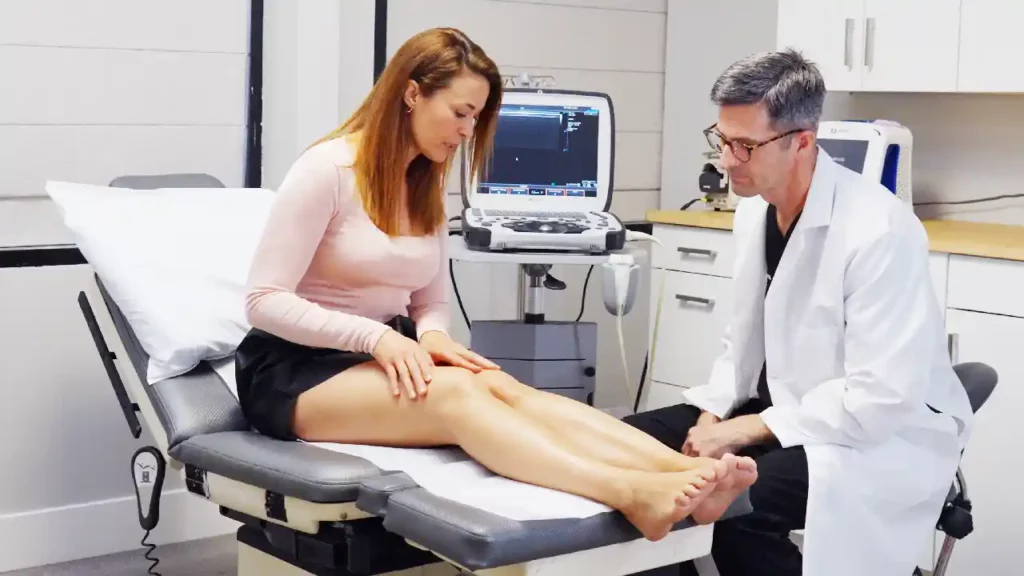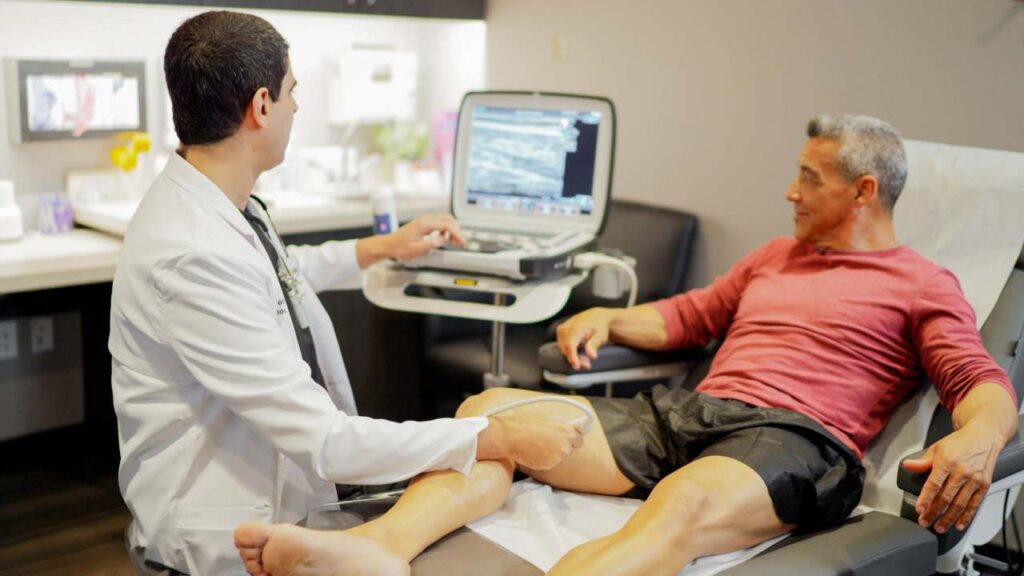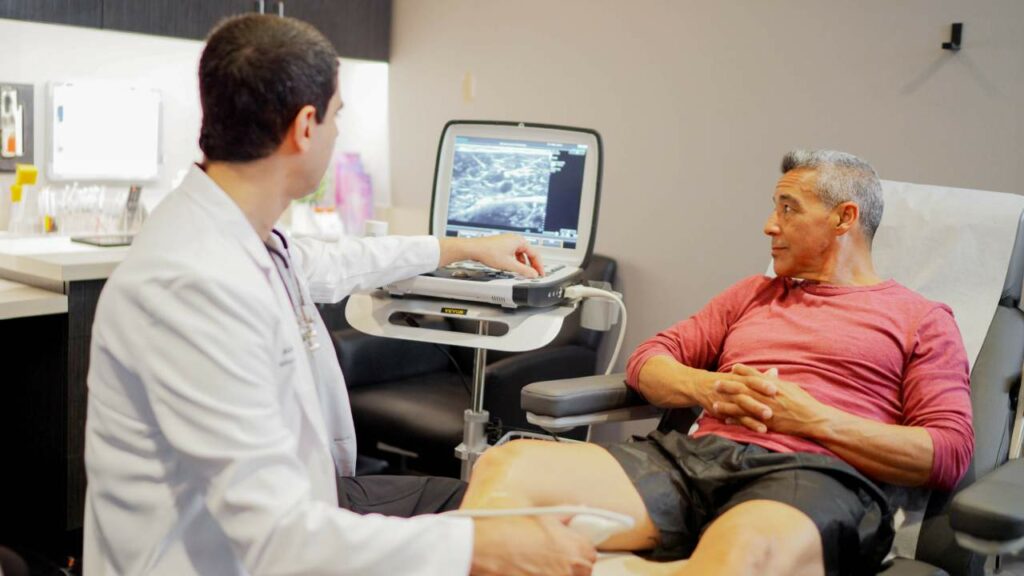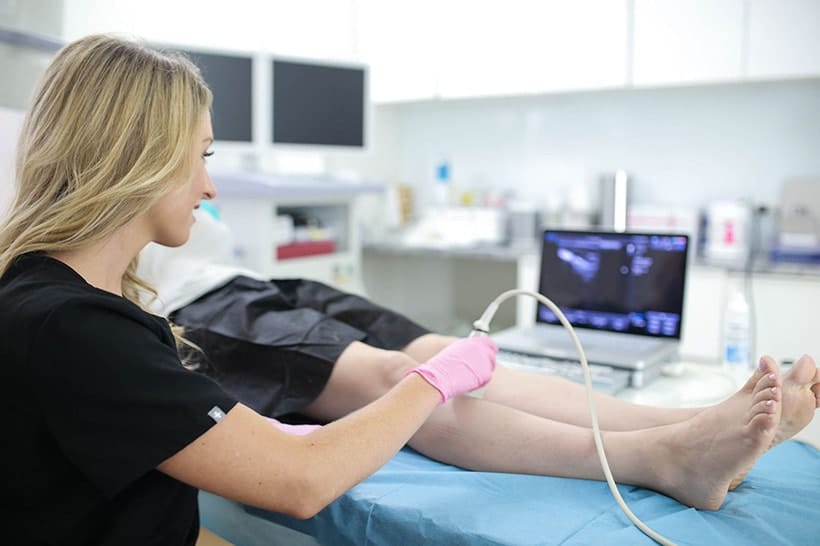Is Treatment for Varicose Veins Worth the Investment?
Vein stripping surgery was once a common treatment for varicose veins. But most patients are now better suited to minimally invasive varicose vein treatment. These procedures are outpatient and don’t require general anesthesia. So, the cost of treating veins is significantly lower than in prior decades. If you book an appointment with a board certified vein doctor in California, the price will be even lower. These vein specialists use FDA-approved procedures that are covered by insurance.
If you’ve heard of costly vein treatments in California, they were likely performed by a dermatologist or cosmetic vein specialist. Insurance companies typically view their procedures as elective. But vein doctors use Duplex and Doppler Ultrasound to produce images that prove why your treatment is medically necessary. At our award-winning vein centers in California, most patients’ treatments are fully covered. With our vein experts, your investment is small, and your results are totally worth it.
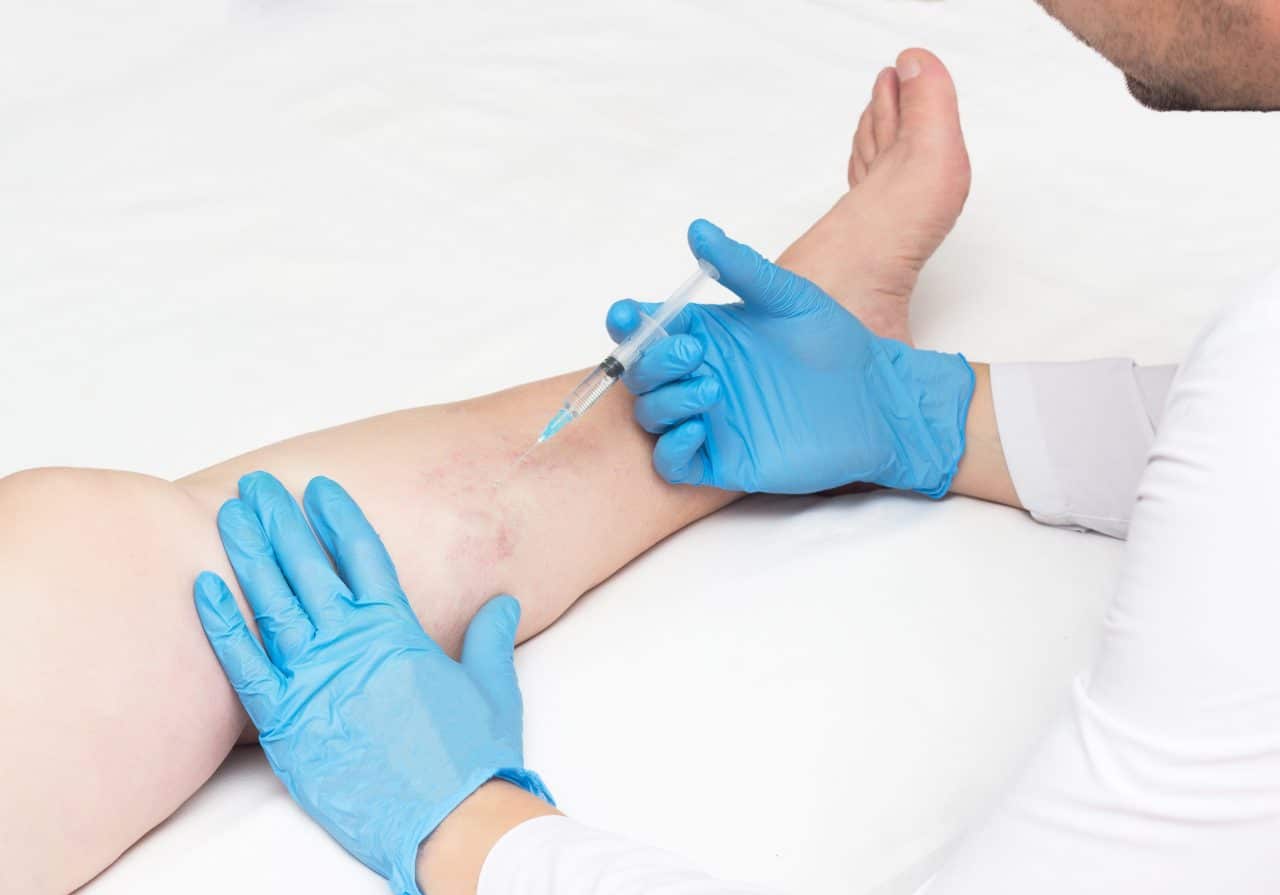
Why Is It Worth It to Treat Varicose Veins?
Varicose veins aren’t just unpleasant to look at. They often signify an underlying vein disease like Chronic Venous Insufficiency. Left untreated, this produces a host of uncomfortable or even debilitating symptoms. Many patients don’t realize how the symptoms they’re contending with are related to their vasculature. Here are a few reasons why it’s worth it to treat varicose veins.
- Remove unsightly, bulging veins.
- Eliminate aches and cramps in the legs.
- Erase the heaviness and swelling in your legs.
- Halt the restless sensations in your legs.
- Prevent hyperpigmentation in your skin.
- Treat itching and venous stasis dermatitis.
- Heal venous ulcerations.
- Stop incidences of profuse bleeding.
- Detect and treat blood clots and DVT.
- Restore circulation.
- Reduce fatigue.
- Improve self-confidence.
- Enhance productivity.
- Minimize the likelihood of future vein damage.
Which Type of Treatment Is the Most Affordable?
Treatment costs vary by insurance plan and individual. So, there is no one treatment that’s most affordable for everyone. Follow these three steps to acquire the most affordable vein treatment:
- Choose a board certified vein doctor at an accredited vein center. These doctors use treatments that are covered by insurance, so you often have no out-of-pocket expenses. Our California vein centers file all insurance paperwork on your behalf, so you’ll know what you owe before you agree to treatment.
- Choose a vein doctor with ultrasound training. Vein doctors who use ultrasound-guided procedures have better precision with their treatments. They can also observe treatments as they move through the vein, to ensure the procedure worked. This prevents unnecessary repeat treatments and recurring varicose veins. In addition, ultrasound images can prove the medical necessity of your procedure to your insurance carrier, so you get the coverage you deserve. Not every treatment requires ultrasound guidance, but choose vein doctors who offer it in case you need it.
- Choose the treatment that’s right for you. Everyone has unique vasculature and medical histories. What worked for your friend or family member may not be right for you. This is especially true of vein surgery, which might have been necessary for your parents, but has now been largely replaced by gentler procedures. Ask your vein doctor why they recommend a specific treatment, and seek a second opinion if they don’t explain their reasons clearly. Choosing a treatment that works quickly and correctly will save you time and money.
Can You Just Wear Compression Stockings Instead?
Some patients wonder whether they can skip treatment and just wear compression stockings. Compression stockings help some patients reduce symptoms like swelling and cramping. And they might be helpful for a few days after vein treatment to expedite vein closure and the rerouting of blood.
However, compression stockings don’t treat the actual varicose vein or spider vein. They cannot close broken valves or remove faulty veins. Nor do they treat the underlying issue. If you don’t treat the cause, new spider veins and varicose veins are likely to develop. If you have varicose veins or vein disease, you’ll likely need vein treatment for complete relief. Here are some examples of how compression stockings differ from vein treatment.
- Vein treatments eliminate faulty veins. Compression therapy only helps with symptoms.
- Vein treatments take 15-30 minutes. Compression therapy is often indefinite.
- Vein treatments reroute blood. Compression stockings help pump blood.
- Vein treatments eliminate skin symptoms. Compression socks can irritate skin symptoms.
- Vein treatments treat blood clots. Compression can be dangerous for blood clots.
How Long Do Procedures Like Endovenous Laser Treatment Last?
If you’re concerned that vein treatment will become an ongoing expense, you just need to choose the right doctor and procedure. Cosmetic vein treatments that are conducted at the surface of the skin don’t treat the underlying cause. Even if a treatment successfully closes a varicose vein, new varicose veins can develop if the causative disease isn’t addressed. That’s why endovenous treatments are often advised for varicose veins. Methods like radiofrequency ablation treat chronic venous diseases as well as surface damage.
Endovenous procedures administer treatment directly to the walls of the vein, rather than beaming heat through the skin. Doctors numb the area above the vein and make a small cut through which they insert a hollow needle. They thread a fiber through the needle and activate it once it’s positioned on the vein. When a vein is successfully closed, it’s a permanent treatment. While you might develop new vein damage in other parts of your body, a properly treated vein won’t come back.
Some patients assume surgery is the most permanent solution. But a saphenous vein that is cut away from connecting veins can grow back. Conversely, veins that are closed with heat, adhesives, or thermal energy develop scar tissue and collapse, so blood can no longer enter them. They do not grow back. Minimally invasive, endovenous treatments are the best long-term solutions for most varicose veins.
When Should You Talk With Your Doctor About Vein Treatment?
The sooner you talk with your doctor about vein treatment, the happier you will be. Early detection of vein disease can prevent the proliferation of spider veins and varicose veins, as well as serious complications like blood clots. Getting rid of unappealing veins restores your confidence. Treating the symptoms that accompany varicose veins, like leg swelling, cramping, restlessness, itching, heaviness, and fatigue is also a wonderful feeling.
If you’re wondering, “Is it worth getting varicose veins removed,” come talk to our Harvard-trained doctors. They love explaining what they do and why it will improve your life. Our treatments are non-surgical, and we use the least invasive method possible. Check out our 5-star reviews on Yelp, RealSelf, and Google. You’ll see that our patients are glad they sought vein treatment.
